Halloween watchlists often resurrect the usual suspects — Hocus Pocus, Interview with the Vampire, The Descent — and we love them all. But beyond the genre staples, there’s a canon of horror that cuts deeper and leaves you with something a little bloody to chew on. They’re stylish and scary, with startles rooted in political and social commentary. Read on for movies that will leave you with a chill — and lots to talk about.
Vampires Only
What We Do in the Shadows (2014)
From the delightfully absurd minds of Taika Waititi and Jemaine Clement, this mockumentary drives a stake through the heart of the vampire genre, using deadpan Kiwi humour to find something hilarious and human beating underneath. Ancient bloodsuckers (Waititi, Clement, Jonathan Brugh and Ben Fransham) are undead flatmates in modern-day Wellington, New Zealand, struggling with chores, clubbing and eternal ennui. The film invites readings of colonialism, toxic masculinity and the immigrant experience in portraying vampires as awkward outsiders trying (and deeply failing) to fit into a world that’s long moved on without them. Both bloody and painfully hilarious, it’s a cult hit that spawned an equally beloved TV series.
Only Lovers Left Alive (2013)
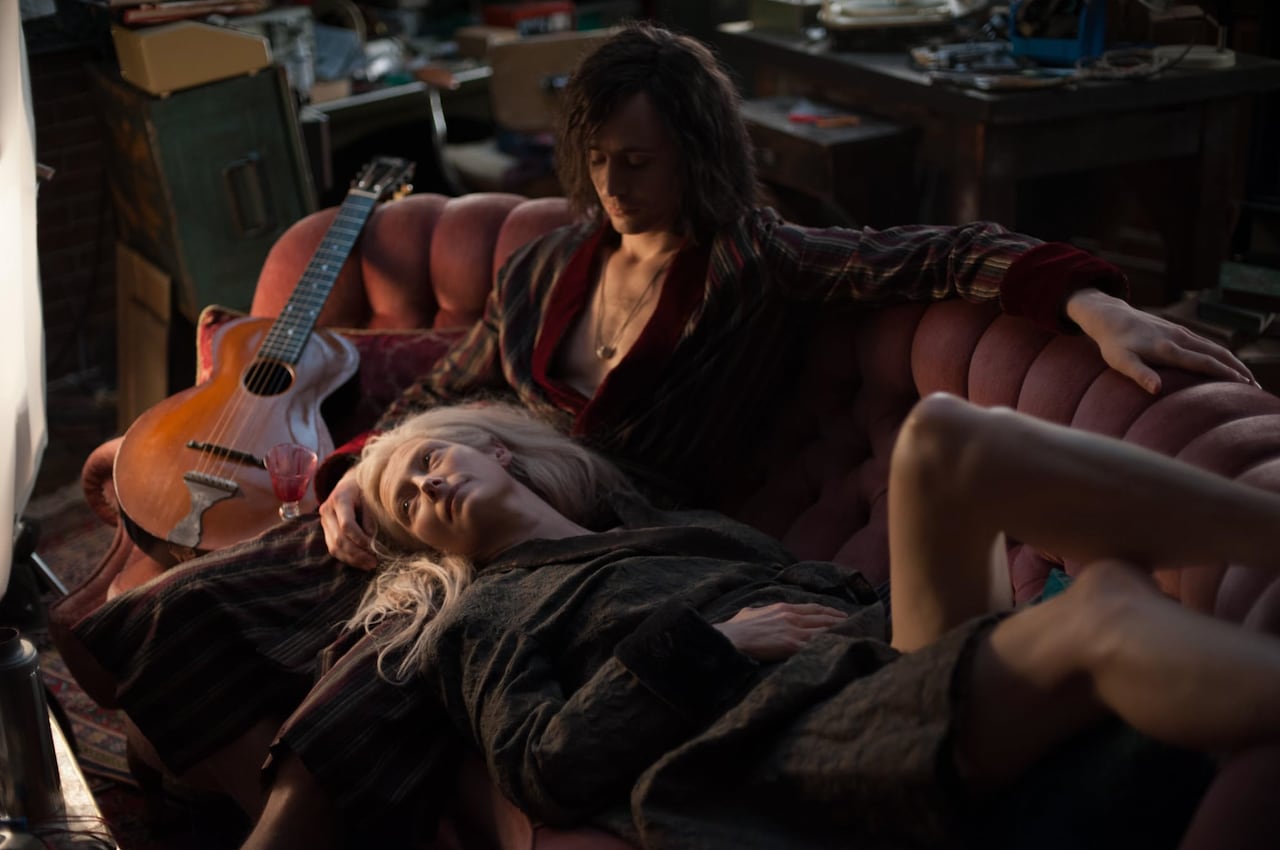
Jim Jarmusch puts a languid, rock ’n’ roll spin on the vampire myth with this dreamy tale of immortal love. Tilda Swinton and Tom Hiddleston star as gorgeous, if a little pale, centuries-old partners navigating art, music and existential malaise in Detroit and Tangier. Ultimately, the film is less about bloodlust than about creativity, decay and how to build a connection that truly lasts forever. Haunting and hypnotic, it’s perfect for a moody October night.
A Girl Walks Home Alone at Night (2014)
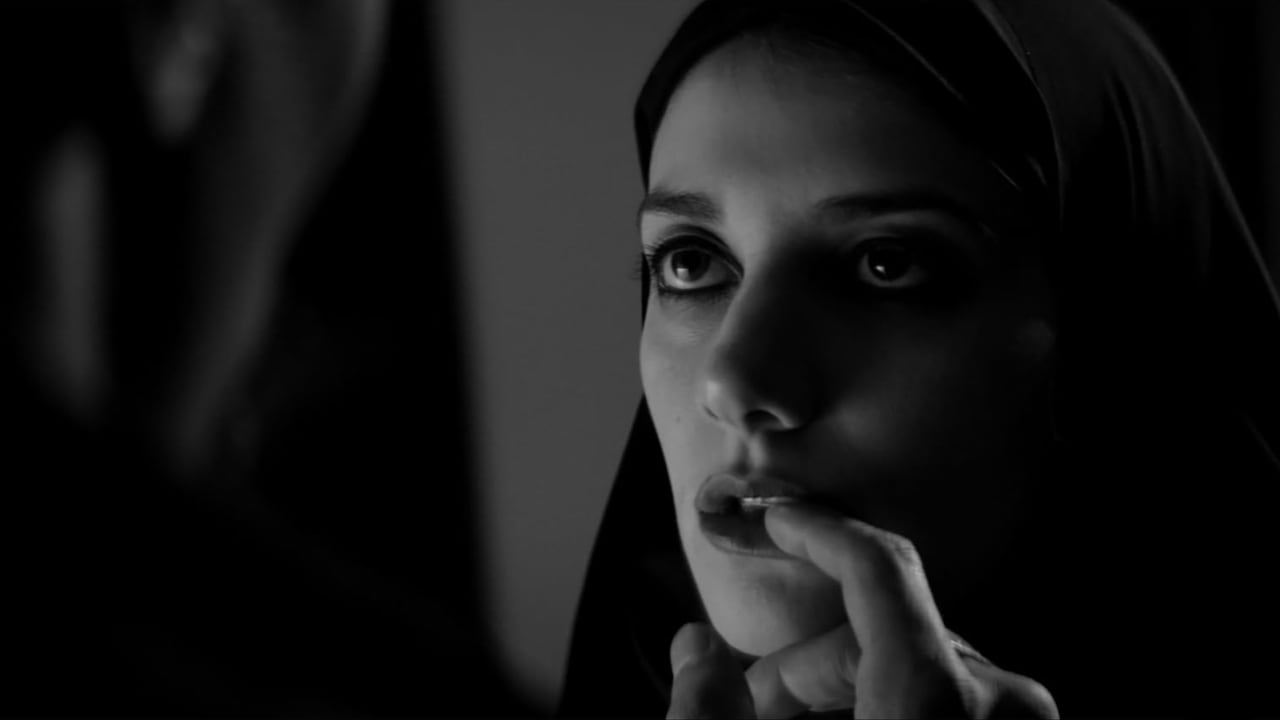
Ana Lily Amirpour’s striking debut is billed as the first Iranian vampire western. Still singular, the film is a black-and-white, genre-bending fable set in the fictional Bad City. Sheila Vand plays the enigmatic chador-clad vampire who stalks men who prey on women, delivering both scares and social critique. With its sparse dialogue, evocative soundtrack and Sergio Leone–style atmosphere, it’s a bold, artful entry into the Halloween canon and a watch that should really be a rite of passage.
Zombie Zone
28 Days Later (2002)
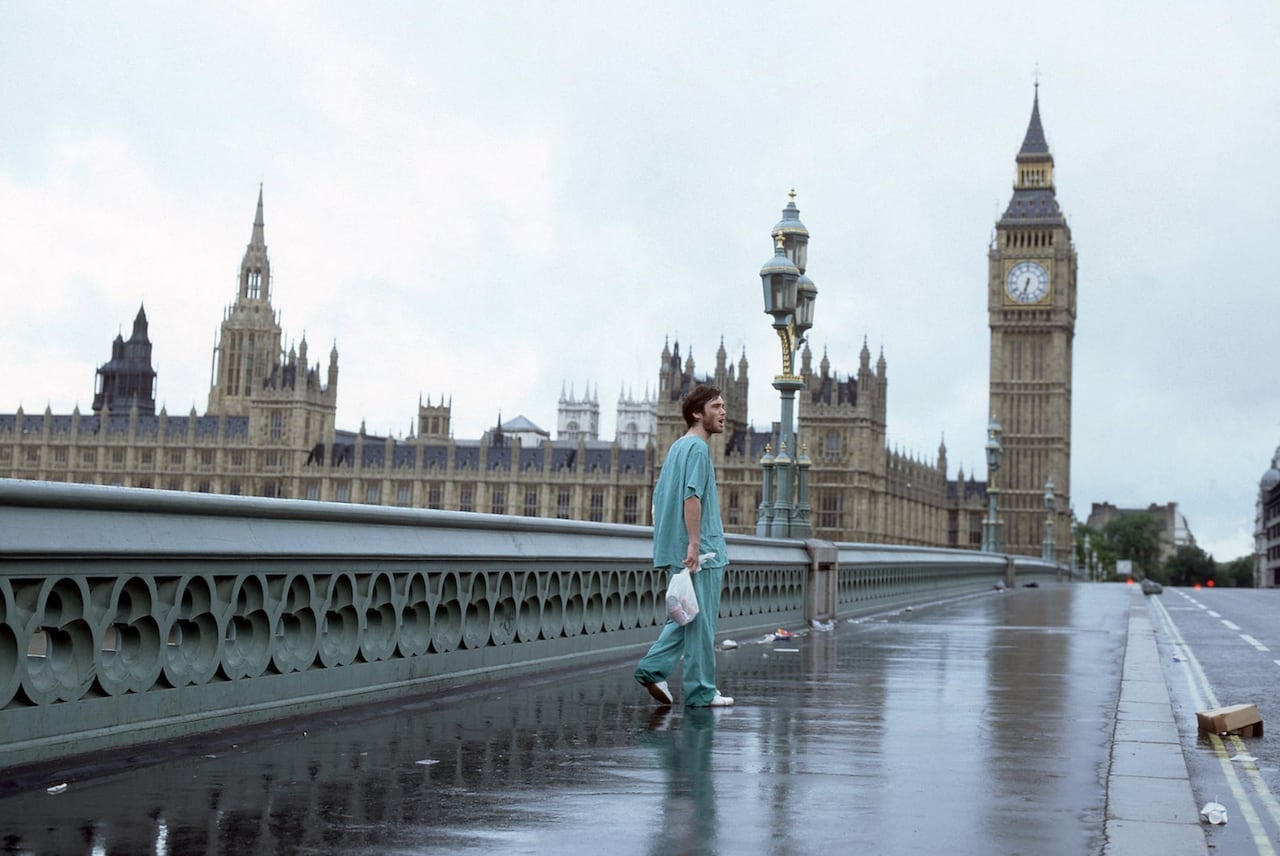
Danny Boyle’s post-apocalyptic vision redefined the zombie film for the 21st century. Written by Alex Garland, it opens with a young Cillian Murphy awakening in a ravaged London, where a “rage virus” has gutted society. The spirit of the film’s fast and feral zombies is pure George A. Romero in the way it uses the undead to critique state violence, militarism and the fragility of civilization. Brutal, kinetic and unnervingly prescient, it’s a film that made horror urgent again. And guess what? Once you’ve devoured this one, you’ve got a few sequels waiting.
Train to Busan (2016)
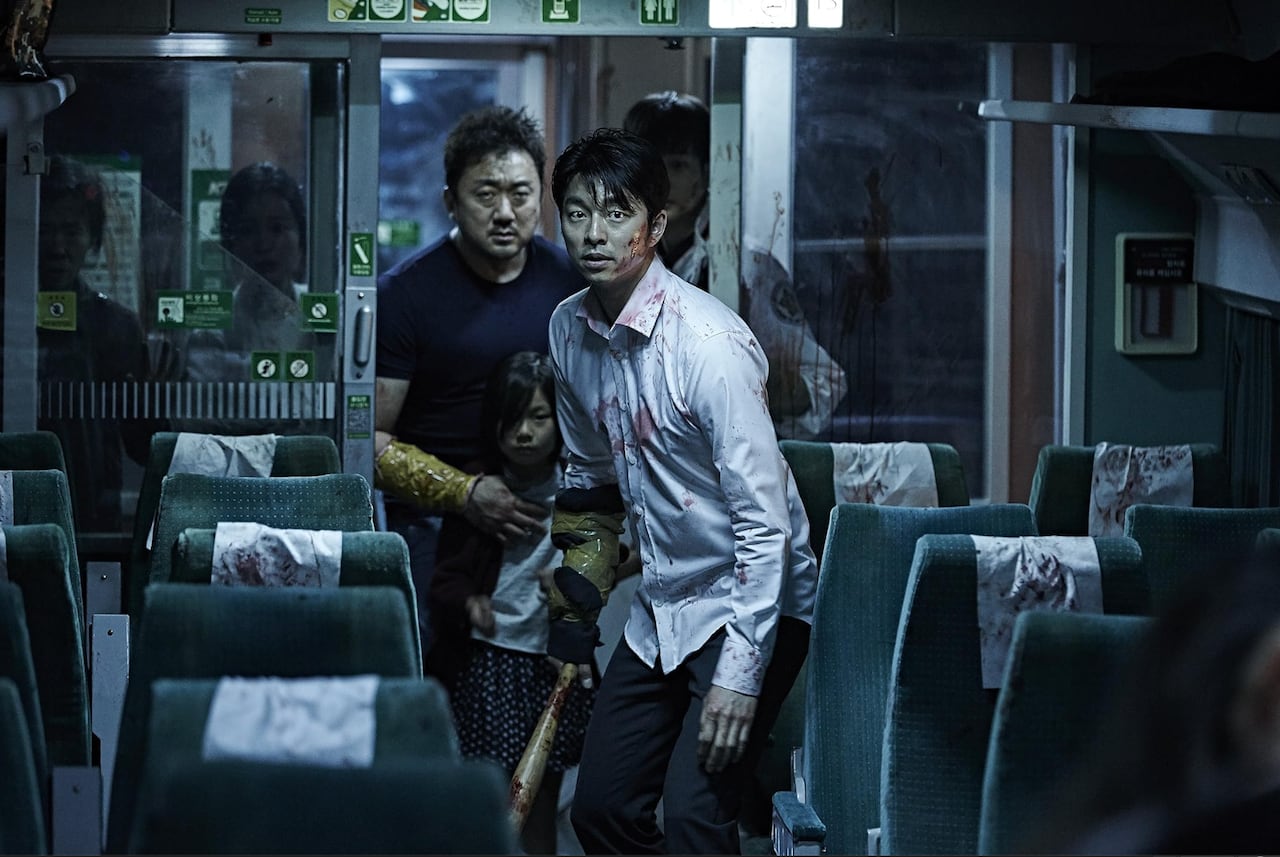
Yeon Sang-ho’s international breakout is both a pulse-pounding zombie thriller and a damning allegory of class and selfishness. Set almost entirely on a high-speed train, it stars Squid Game’s Gong Yoo as a workaholic father racing to protect his daughter as chaos engulfs South Korea. The claustrophobic setting amplifies every choice — from sacrifice to greed — and its critique of economic inequality makes it as political as it is heartbreaking. By the end, the film’s devastation feels inseparable from its moral urgency. Strap in, because a minute doesn’t go by where you aren’t rigid in panic for what might come next.
Pontypool (2008)
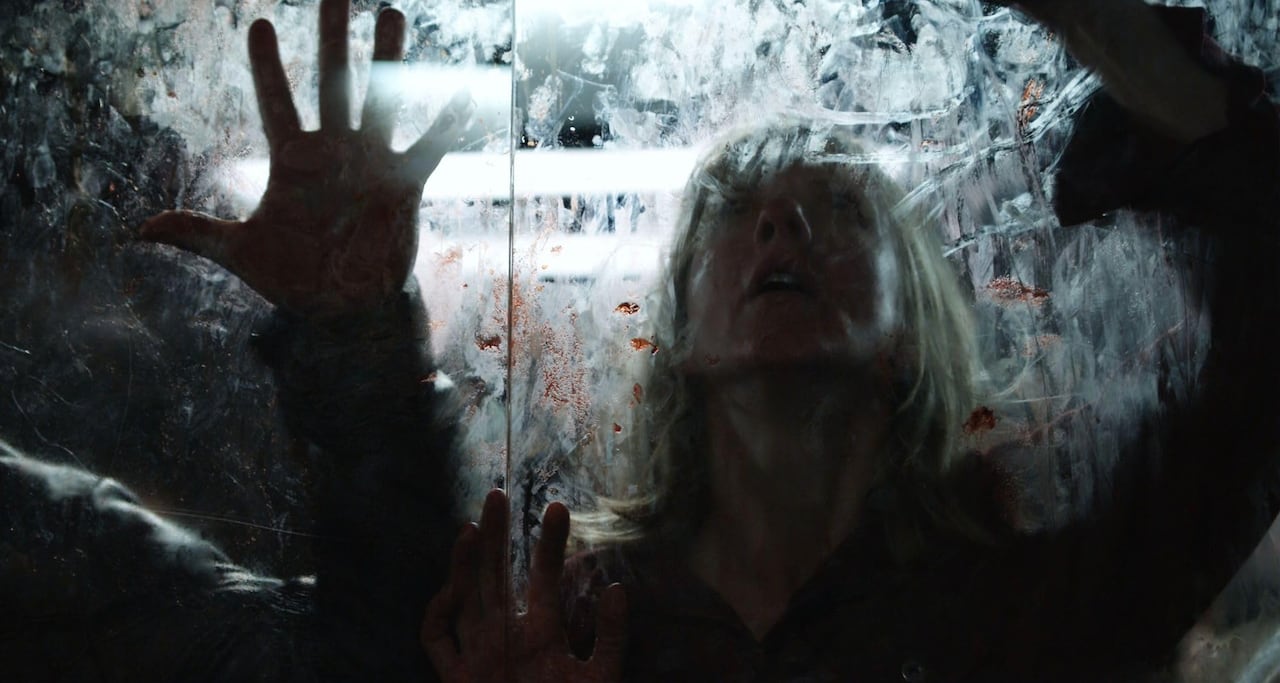
This Canadian cult gem turns language itself into a virus. Directed by Bruce McDonald and adapted from a novel by Tony Burgess, it follows a small-town Ontario radio host (Stephen McHattie) trapped in the station as words begin to infect listeners with a violent delirium. Shot almost entirely in one location, the film is both a minimalist exercise in dread and a sly commentary on media, communication and contagion. Its radical conceit — that speech itself can kill — makes it one of the smartest spins on zombie lore, and still so timeless.
Monster Mania
Pan’s Labyrinth (2006)
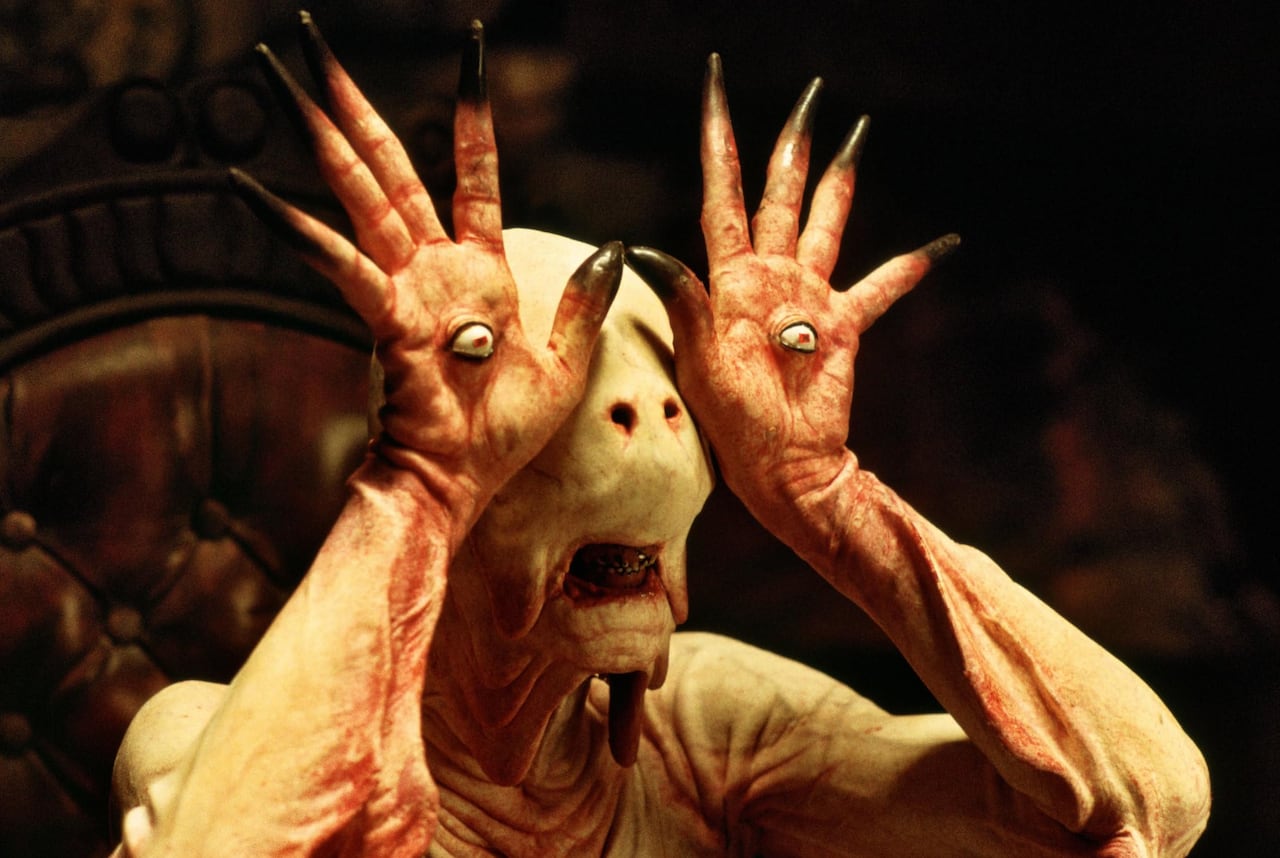
Guillermo del Toro’s dark fairy tale is as much a political fable as it is a fantasy. Set in fascist Spain, it follows young Ofelia (Ivana Baquero) as she navigates a labyrinth of mythical creatures while her stepfather, a brutal military captain, enforces Francisco Franco’s regime. The film contrasts innocence and imagination against authoritarian violence, showing how fantasy can be both refuge and resistance. It remains a searing reminder that horror isn’t reserved for the realm of monsters — it’s part of history.
The Mist (2007)
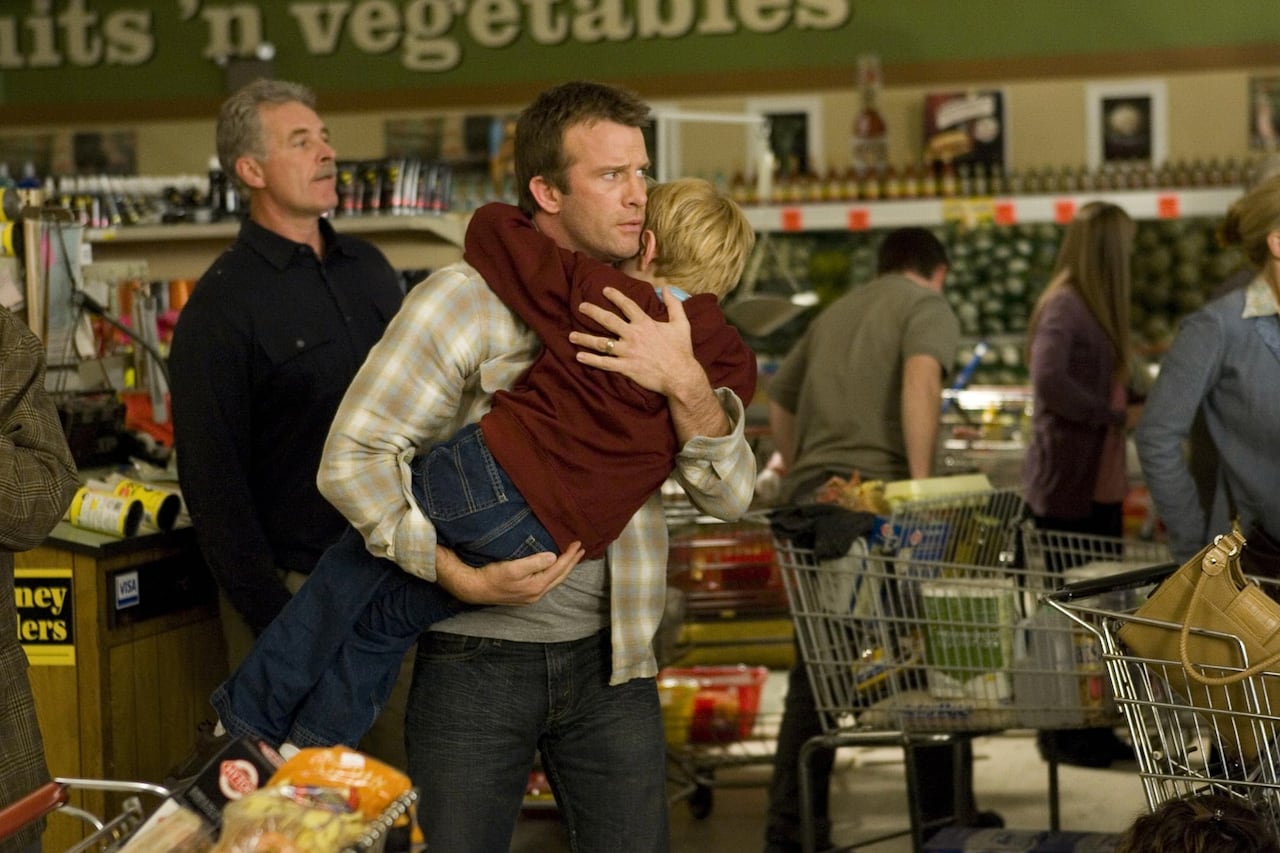
Frank Darabont’s disturbing adaptation of Stephen King’s novella begins with a simple premise: a group of townspeople find themselves trapped in a grocery store by a supernatural fog that descends on their town, hiding within it some awfully dangerous monsters. Also terrifying: how quickly their fear turns to fanaticism. Thomas Jane leads a strong ensemble that faces not just monsters, but also Mrs. Carmody (Marcia Gay Harden), whose religious zealotry spirals into mob violence. The film’s infamous and impossible-to-forget bleak ending underscores its warning: in crises, it’s often humanity’s collapse that’s most monstrous.
Colossal (2016)
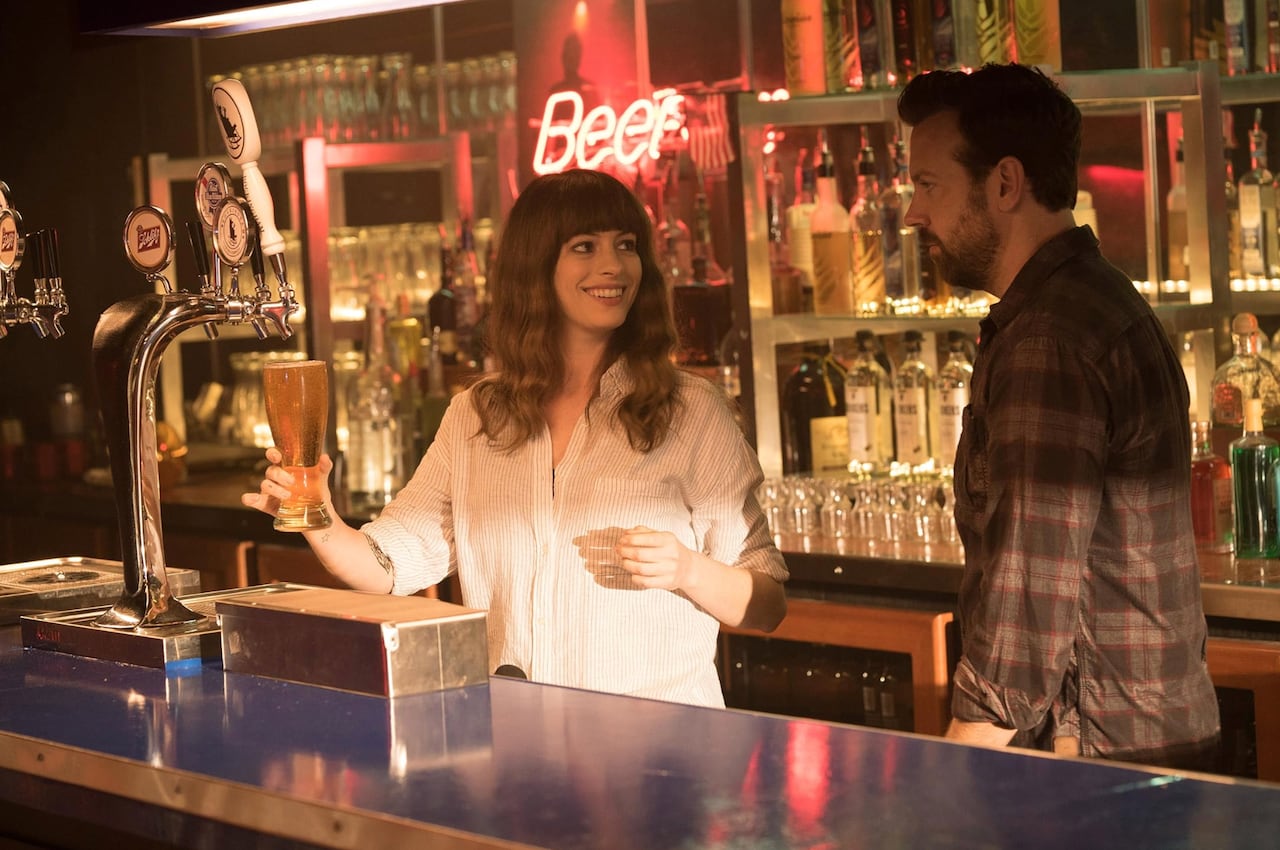
This underrated and genre-bending film uses kaiju spectacle as a metaphor for addiction, abuse and toxic masculinity. Anne Hathaway stars as Gloria, an alcoholic who discovers she has a bizarre psychic link to a giant monster terrorizing Seoul. What begins as surreal comedy turns into a sharp takedown of power, male entitlement and cycles of control, especially through a chilling turn by Jason Sudeikis as her manipulative “friend.” Playful yet devastating, it pushes the boundaries of what a monster movie can be — and what it can say.
The Village (2004)
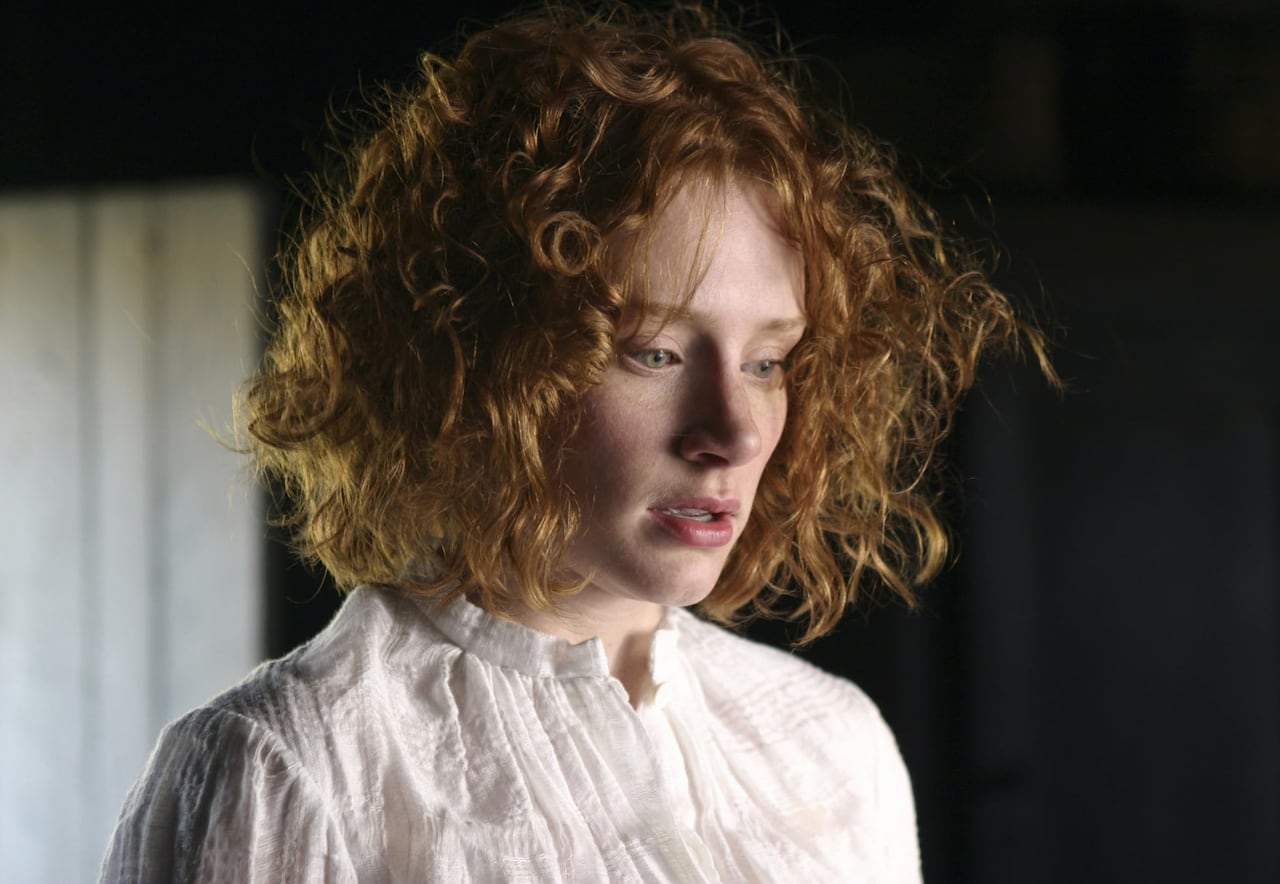
Never underestimate M. Night Shyamalan — a lover of twists whose haunting storytelling is often misunderstood. The Village is less about the monsters hiding in the woods than about how fear is weaponized by those in power. Starring Bryce Dallas Howard, Joaquin Phoenix and Sigourney Weaver, it tells of an isolated community kept in line by the myth of terrifying creatures waiting at the borders. At its core, the film is about societal control and the costs of retreating from a corrupt world.
Witches’ Corner
The Craft (1996)
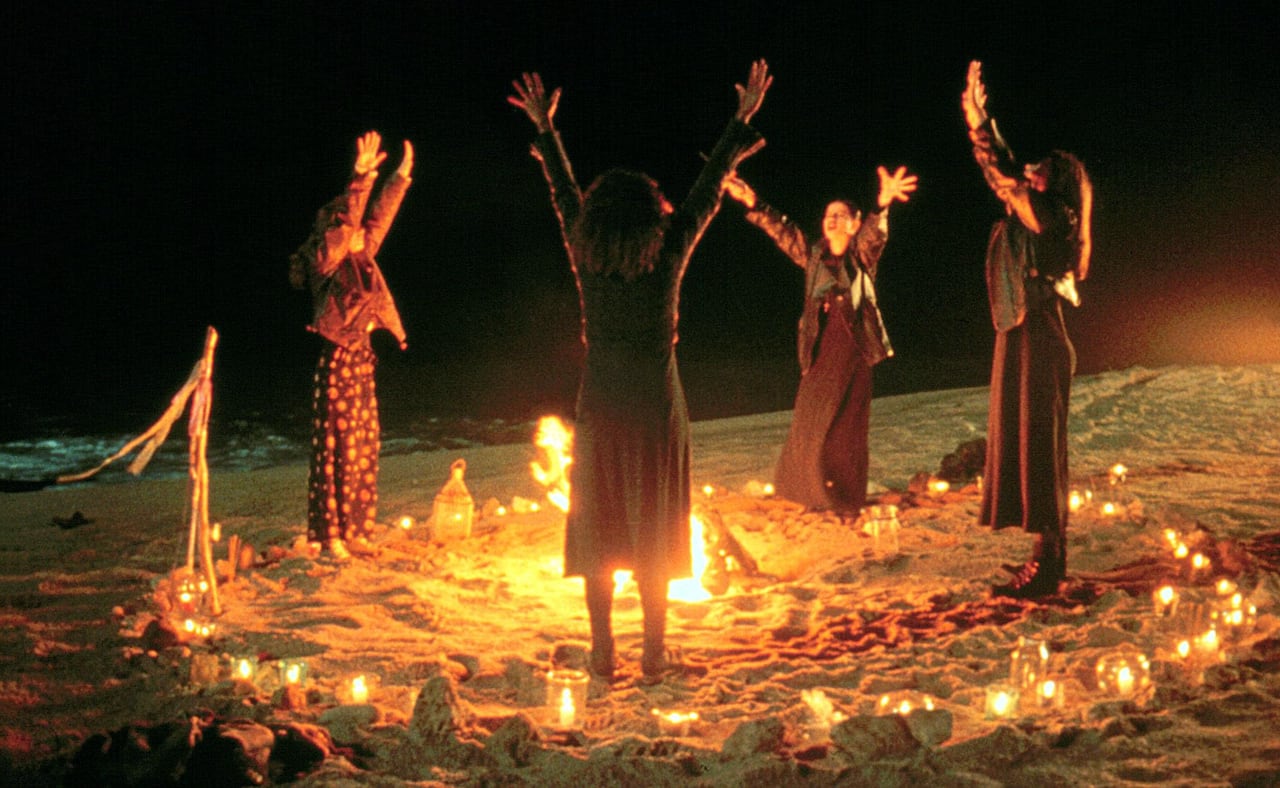
This iconic teen cult classic isn’t just about witchy esthetics and ’90s angst; it’s also a sharp critique of power, bullying and the dangers of unchecked ambition. Robin Tunney, Fairuza Balk, Neve Campbell and Rachel True form a commanding coven of high-school outsiders. Their bonds fracture when magic magnifies their darkest impulses. Beyond its gothic glamour, the film was notable for putting young women at the centre of a supernatural story that explores identity, racism and rebellion. (Also: has the screen ever seen a cooler, more chilling witch than Balk? Never!)
The Love Witch (2016)
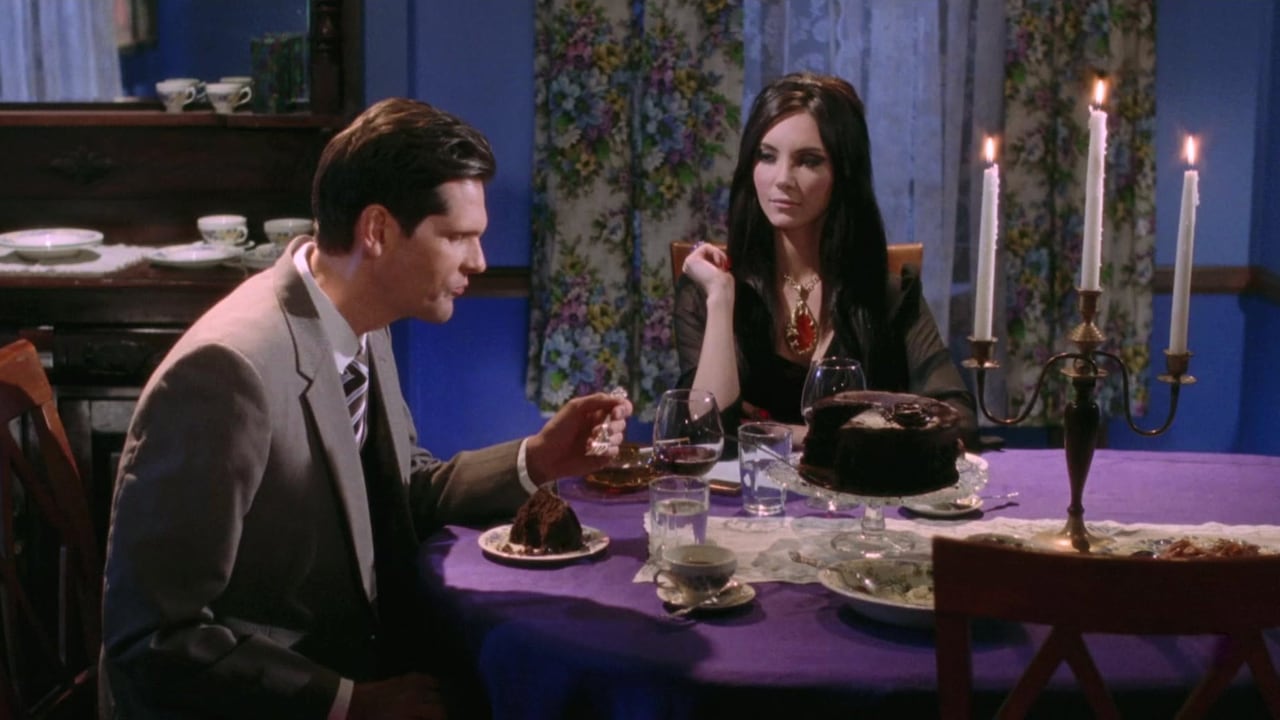
Anna Biller’s retro pastiche is both a sumptuous throwback and a biting commentary on gender, sexuality and patriarchy. The captivating Samantha Robinson stars as Elaine, a glamorous witch who uses potions and spells in her hungry search for true love. But beneath the candy-coloured ’60s aesthetic and camp sensibilities lies a razor-sharp satire on how women are both empowered and destroyed by society’s demands to be desirable. It’s at once playful and politically astute, a feminist horror fantasy in Technicolor.
Suspiria (1977)
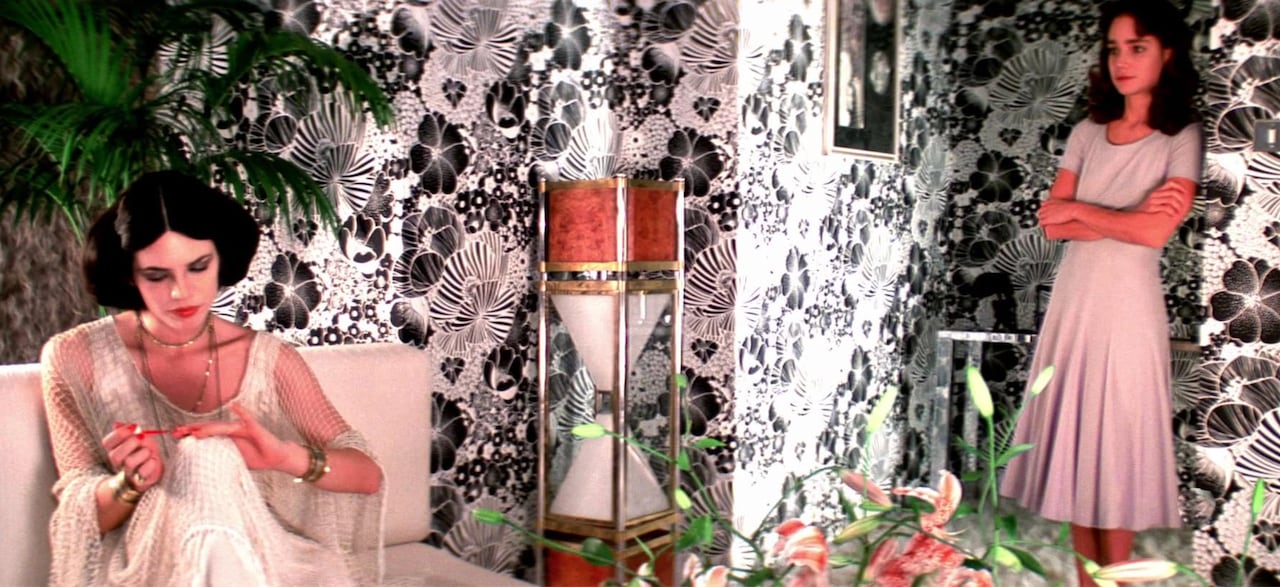
Dario Argento’s original Suspiria is revered for its shocking esthetic — saturated colours, balletic violence and prog band Goblin’s jarring score — but its ethos is equally striking. Jessica Harper stars as an American dancer arriving at a German academy that doubles as a coven. It’s a setting that spoke to the era’s anxieties — Argento tapped into feminist unease about institutions that consume and exploit young women. Nearly 50 years later, its radical style and subtext remain chillingly relevant and endlessly inspiring.



